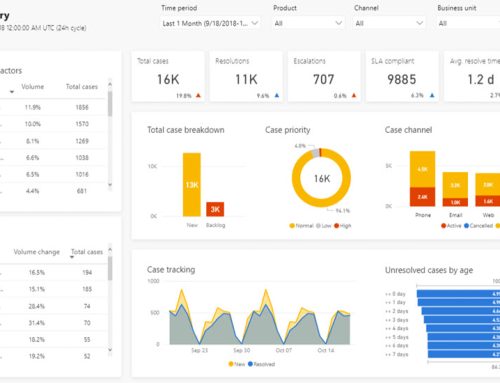There are always defective products, virtually in every batch of production. Manufacturers check each batch and repair the defected pieces, but visual inspection is not always 100% reliable. This is where the role of AQL table comes into play particularly when you want to know how to set the limit between acceptability and refusal in a way that can be agreed upon and measured.
AQL Table is a statistical tool at the disposal of buyers for product inspections. “AQL” stands for Acceptance Quality Limit and it can be defined as the quality level that is worst tolerable. It is an industry standard which helps to determine the quantity of samples which you can pick and inspect from a batch of products. It also helps in determining the limit between acceptability and refusal when it comes to finding defective products.
For a large number of importers, product inspection plays a significant role in determining that the shipment of goods is meeting their expectations. Many of them don’t understand the sampling method used by QC professionals for inspection of their products. Have you seen an AQL chart but don’t know the proper description and explanation of different parts of the table? Or you don’t know how to interpret the results of the AQL table in your inspection report? A proper understanding of the AQL table and how it works can help you to understand the inspection results and make a decision.
Do you want to determine the right sample size for inspection of your product with the help of industry standard AQL table? Do you want to know the maximum number of defects allowed to accept the order by AQL standards?
How to Read AQL Table?
Let’s start understanding the step by step process for using an AQL table for QC inspection.
4 Steps to Determine the Sample Size and Defect Tolerance Using AQL Table
QC professionals are using an AQL table to determine the sample size from total order quantity for inspection and a maximum number of errors acceptable in finished goods.
Choose the Type and Level of Inspection
There are two types of inspection i.e general or special. The general inspection represents the main sample size which you will use for inspection. Whereas, special type of inspection is reserved for testing of particular product. Inspection levels divide the type of inspection. In the table below columns at the left include general inspection levels and representing the main sample size.

Most of the general type inspections fall under “GII.” The importers that need less thorough inspection with relatively tight inspection budget choose GI for inspection of small sample size. In case of large sample size, some quality conscious importers go for selecting “GIII” for large sample size.

Find the Sample Size Letter Corresponding to Your Lot Size and Chosen Inspection Level
Lot size is the quantity of stock keeping units (SKU) or items in the order. Combine similar SKUs and inspect them together because separate inspection of all the SKUs will take time and money.
For example, you are using AQL to inspect 3,000 watches divided into five different SKUs. These SKUs only differ in color so you can inspect all of them in combination. Find your lot size in ranges and choose the general inspection level to find a letter where lot size and inspection level column meet. This is sample size code letter which will represent sample size in another part of the AQL table.

Choose Your AQL for Inspection
In the second part of the chart, acceptable quality levels (AQL) and the sample size code letters are mentioned. Here you can see that your sample size code letter K is corresponding to a sample size of 125 units. So, what about AQL?
AQL is the level of tolerance for quality defects, or it can be defined as a worst average percentage that is acceptable. High AQL represents high tolerances. It is not about having defective units in the order. Whereas, it helps in setting limits for how many defects you are willing to accept in a prescription.

Determine Accept and Reject Points and Sample Size Based On Your AQL
Each AQL columns is divided into two more columns, i.e., “Ac” for accept and “Re” for reject points. If the defects or reject points are more than accept points, then you should have to reject the order by chosen AQL. Look at the accept and reject points corresponding to your sample size in the column where AQL is 4 percent 10 in accept and 11 in reject column means minor reject points are more than acceptable so you should have to reject the order.

Arrows are pointing up and down in place of accepting and reject points in the table. An arrow pointing down shows the need of a greater sample size than you have calculated by the lot size. An arrow pointing up indicates that the lot size is large and it is not adequate.
For example, in the table above if the AQL is 0.065 percent then the sample size of 125 units is not adequate. Then you have to go to next largest sample size which is 200 units. This smallest sample size will be statistically significant enough to determine whether these effects are in your limit.
Conclusion
AQL is the common language that helps importers, suppliers and QC professionals to evaluate product quality and conformance in the process of product inspection. Expressing quality standards in AQL helps in defining the scope of the inspection. A large number of importers are using an AQL Table to determine the sample size and acceptable quality levels.





